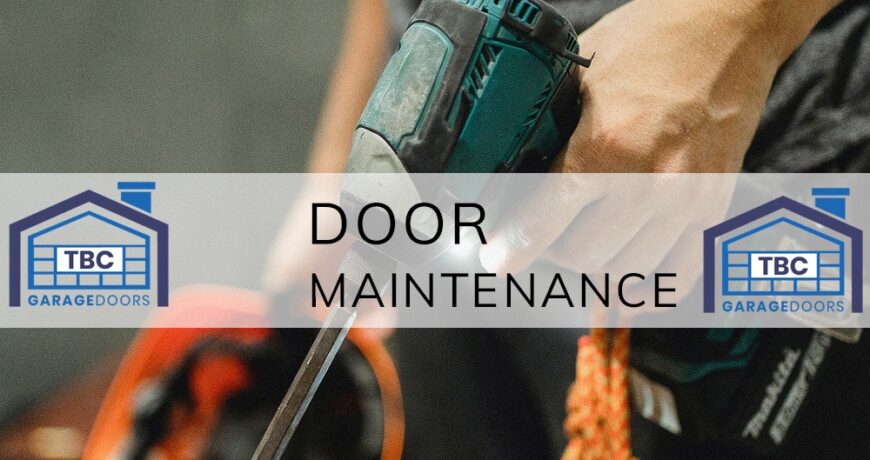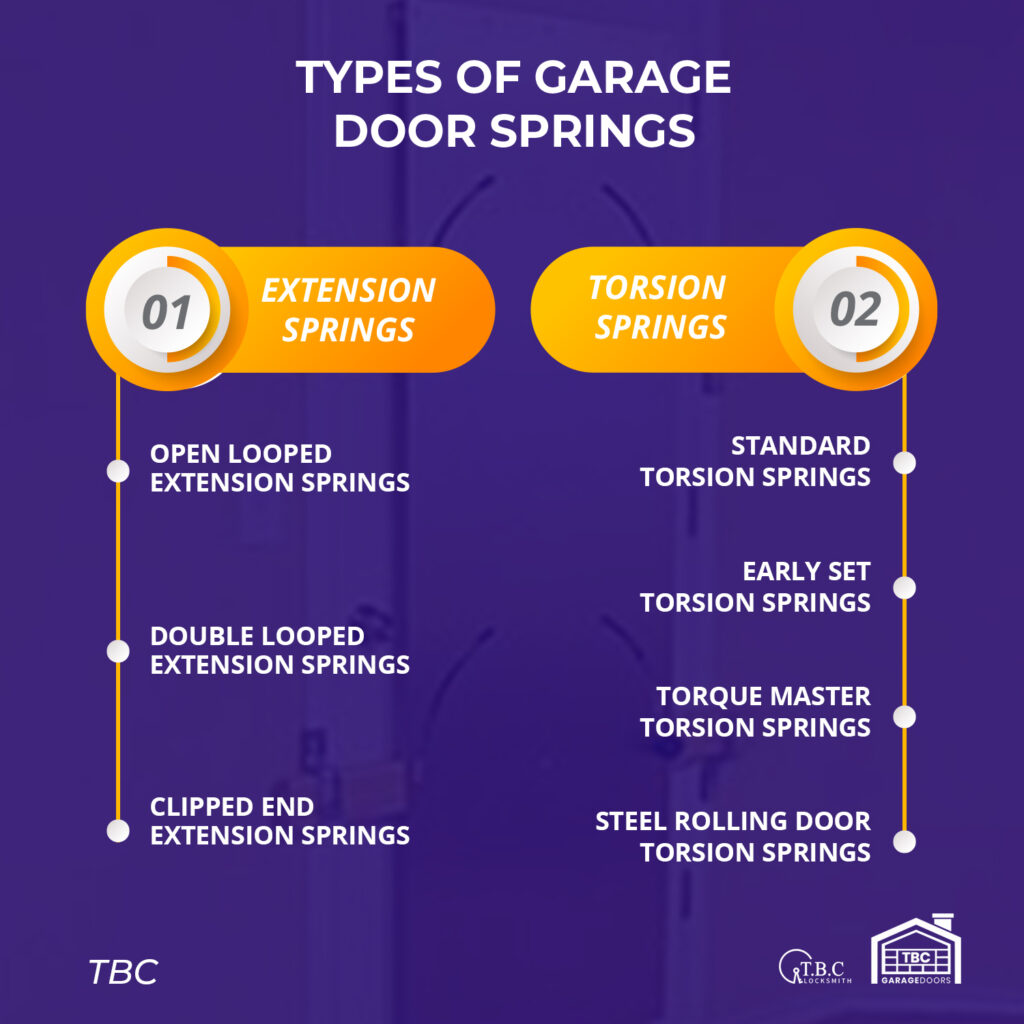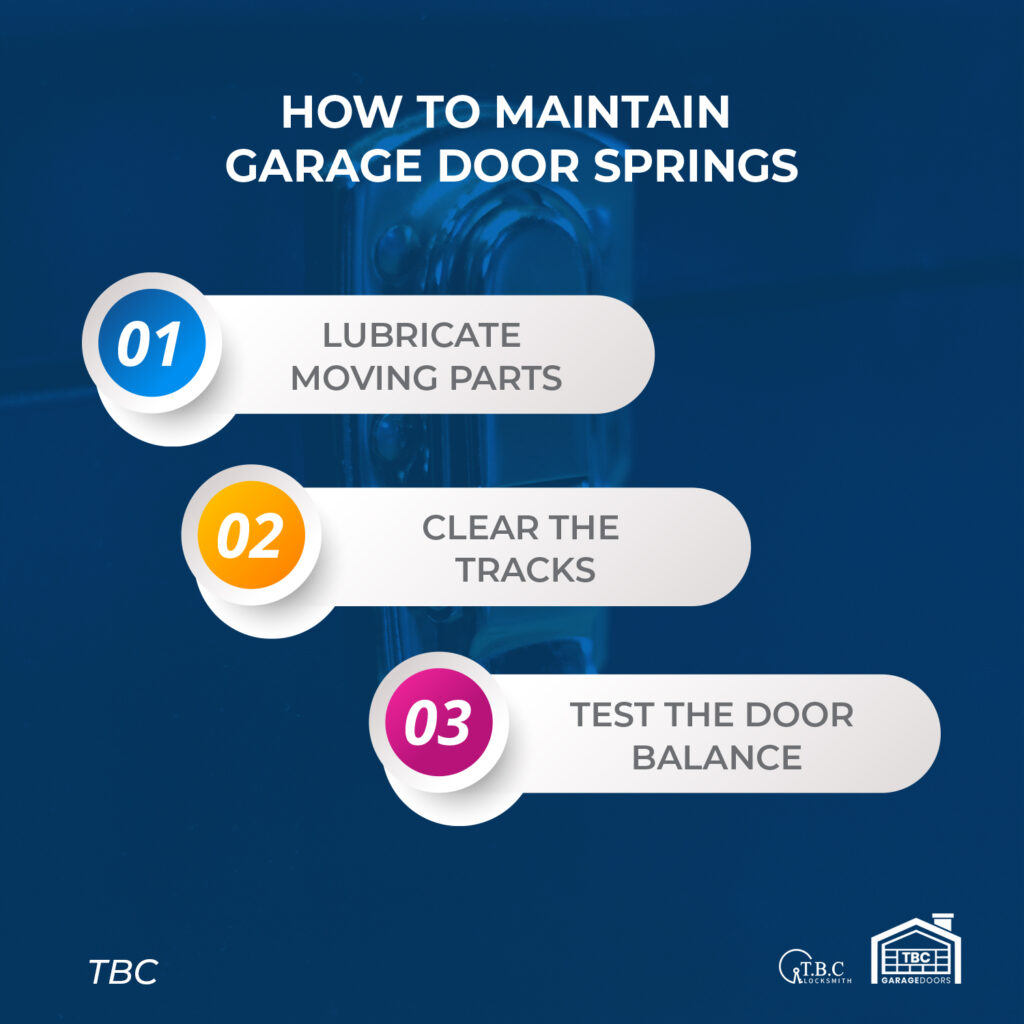
Garage Door Spring Repair and Replacement
Garage door springs carry the weight of the garage door, allowing it open and close easily. The springs are usually under high tension, mandating regular garage door spring repair and maintenance.
The garage door pushes down on the springs because of gravity when the door lowers to the ground. The tension on the springs now makes lifting the door in the opposite direction a lot easier with your opener.
In this article, find out all you need to know about garage door torsion spring maintenance, garage door spring and cable repair, and where to find a Toronto garage door repair expert.
How Much Does it Cost to Replace Spring in Garage Door?
At times, a garage door spring repair doesn’t cut it. It would be best if you replaced the door to get it functional again. In such a situation, you spend between $150 to $350 to get it replaced by an expert in garage door spring and cable repair.
This estimate includes extension and torsion springs, which usually cost $10 to $100. Usually, the cost of replacing your garage door springs varies based on the type of doors. You might need to get your springs replaced due to rust, wear and tear, or poor maintenance.
Is it Dangerous to Replace a Garage Door Spring?
The short answer is yes. It is not advisable to fix garage door springs yourself (DIY). If you suspect that your garage door opener’s spring has broken, avoid tampering with the garage door. Moreover, do not disconnect the opener from the door while the door is open. Depending on the extent of the necessary garage door spring repair, your door can come crashing down with its full weight and nothing to stop it. This is very dangerous.
It is advisable to leave a door requiring garage door spring maintenance open. This is because an unsuspecting person might attempt to close the garage door without being aware of its heavyweight.
If your door has to stay open until a Toronto garage door repair expert can come to take a look at it, ensure the door track is blocked on both sides to prevent the door from moving. It would help if you also unplugged the garage door opener to stop accidents from happening.
To close the garage door, get strong helpers to help hold the door down while you disconnect from the opener and close the door manually. Moreover, you have to do this carefully as the door will be very heavy. Alternatively, you can try closing it with the opener after eliminating every obstacle in the door’s path.
How Long Do Garage Door Springs Usually Last?
Generally, the life expectancy of garage door springs is 3-5 years or 10,000 cycles. This may vary depending on factors such as the quality of your garage door springs and frequency of use. These factors will help you determine whether or not it’s time to replace your garage door spring and if you require garage door spring repair.
Types of Garage Door Springs

Extension springs
Extension springs store their energy by stretching or extending. More weight is let off the horizontal track when the door is closed, adding tension to the stretched extension springs. Usually, you will find two extension springs attached to either side of every door. The springs typically run parallel to the horizontal track.
Each spring provides tension independently on opposite ends of the door. Some extension doors have the mechanical advantage of a metal pulley. However, at times, the uneven distribution of force can cause a door to move up and down the opening. This occurs when both sides of the door appear to lag when the door is closed or opened. A Toronto garage door repair expert can fix this.
Types of Extension Springs
You can further classify extension springs based on their end types – either open looped, double looped, or clipped ends.
Open looped extension springs
If you need easy garage door torsion spring maintenance, this is the garage door spring for you. They are easy to change, and you do not need to open the eye bolt or disassemble the pulley. However, note that this type of extension springs relies entirely on an open wire at the end. If just a portion of the spring is broken, you need to replace the entire spring. Nonetheless, you could use a clip at the end of the spring to save a bit of money.
Double looped extension springs
Double looped garage door springs are a lot stronger than open-loop springs. You will find two coils at the ends of the springs connected to the eyeball and the pulley. However, the downside to this spring is that garage door spring and cable repair is difficult.
Clipped ends extension springs
This type of spring is considered the most durable. Due to the reduced amount of stress in the spring, it usually has a longer service life. Garage door springs with clipped ends are generally the standard for doors above 200 pounds. However, they are difficult to replace.
Torsion springs
On each garage door, the number of torsion springs usually ranges from one to four. The number typically corresponds with the weight, strength, and size of the door. You will find torsion springs installed on the metal shaft directly above the door opening.
Immediately after the springs are installed, aluminum drums are placed on both ends of the metal shaft. This type of garage door spring is so named because after the drums and cable length are set, the springs are “tensioned” or wounded and locked for proper assembly.
Before being transferred to both drums, the force produced by each torsion spring is distributed equally across the shaft. The cables spin at an equal rate, removing the need for walking while the door is opened.
Types of Torsion Springs
Standard torsion springs
These types of springs are usually found on residential garage doors located at the opening of the garage. The metal shaft usually runs through the middle, supporting the springs. In general, you can find one torsion spring keeping lighter garage doors and two torsion springs for heavier ones. Moreover, it’s easy to find an expert for this type of garage door spring repair.
Early set torsion springs
These springs are similar to the standard torsion springs. However, the difference is that they are mounted in the center of the torsion shaft. They also require a particular kind of hardware mounted next to the cable drums at the torsion shaft’s end.
Torque master torsion springs
This is considered the safest garage torsion spring. They are enclosed correctly in the torsion shaft and held in position using a winding cone at the torsion rods’ end. These garage door springs are tightly wound up with a power drill.
Steel rolling door torsion springs
Steel rolling door torsion springs are installed inside the torsion barrel, supporting the garage door. This type of torsion spring is usually found in commercial buildings.
There are several types of garage door springs. Therefore, to choose an appropriate spring for your garage door, you need to be familiar with every style.
Difference Between Garage Door Torsion Springs and Extension Springs
There are many types of garage door springs. The two major types are torsion springs and extension springs.
Torsion springs are generally mounted above the garage door and lifted using the torque. The spring rotates slowly and holds its applied force in its tight coil rather than stretching and compressing lengthwise to lower and lift the doors. Choosing the number and size of the springs depends on the size and weight of the door. Garage doors with torsion springs often move at a steady pace, holding them in place.
Extension springs are more traditional. The springs contract and expand as the garage door moves. Installation of this type of spring involves installing additional accompanying parts, including hardware and safety cables. The safety cables are mounted on both sides of the door, bearing each side’s weight, raising the door using a pulley system. Each spring’s length must be matched specifically to the garage door’s height. Extension springs are usually inexpensive.
How to Maintain Garage Door Springs

To maintain your garage door springs, here are a few steps you could take:
1. Lubricate moving parts
Ensure the rollers and other moving parts remain appropriately lubricated to reduce stress on the door openers and rollers, prolonging their use. At least twice a year, use high-quality spray lubricants (like white lithium grease) on the hinges and rollers.
It would help if you lubricated the pulleys on the extension spring openers and the torsion spring opener bearings. Apply a bit of oil to rusty torsion springs too. However, avoid lubricating belt drive openers.
2. Clear the Tracks
Take a good look at the tracks to ensure they are clear of dust and debris. If there are small adjustments to be made, you can do it yourself. However, for significant work, contact a Toronto garage door repair expert.
3. Test the Door Balance
Your door has to be correctly balanced for it to work correctly and last long. Therefore, if you notice that your door wobbles or needs rebalancing, contact a professional to look at the springs.
Conclusion
If you reside in Toronto or the GTA and need a Toronto garage door repair expert, check out TBC Garage Doors. We are a reputable company offering professional garage door installation, replacement, and repair. Our specialized team is available whenever you need help with garage door spring and cable repair.
Some of our services include new garage door installation, garage door torsion spring maintenance, garage door insulation, garage door opener belt installation/repair, and overhead garage door installation/repair.
